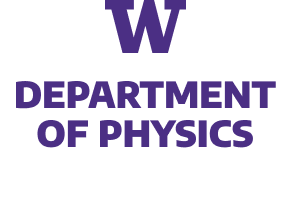Ab-initio simulations of multiple heavy quarks propagating in a Quark-Gluon Plasma are computationally difficult to perform due to the large dimension of the space of density matrices. This work develops machine learning algorithms to overcome this difficulty by approximating exact quantum states with neural network parametrisations, specifically Neural Density Operators. As a proof of principle demonstration in a QCD-like theory, the approach is applied to solve the Lindblad master equation in the 1+1D lattice Schwinger Model as an open quantum system. Neural Density Operators enable the study of in-medium dynamics on large lattice volumes, where multiple-string interactions and their effects on string-breaking and recombination phenomena can be studied. Thermal properties of the system at equilibrium can also be probed with these methods by variationally constructing the steady state of the Lindblad master equation. Scaling of this approach with system size is studied, and numerical demonstrations on up to 32 spatial lattice sites and with up to 3 interacting strings are performed.
This work was supported in part by the U.S. Department of Energy, Office of Science, Office of Nuclear Physics, under grant Contract Numbers DE-SC0011090, by Early Career Award DE-SC0021006 and by the Simons Foundation grant 994314 (Simons Collaboration on Confinement and QCD Strings), by he U.S. Department of Energy, Office of Science, National Quantum Information Science Research Centers, Co-design Center for Quantum Advantage (C2QA) under contract number DE-SC0012704, by the U.S. Department of Energy, Office of Science, Office of Nuclear Physics, InQubator for Quantum Simulation (IQuS) (https://iqus.uw.edu) under Award Number DOE (NP) Award DE-SC0020970 via the program on Quantum Horizons: QIS Research and Innovation for Nuclear Science, by the U.S. National Science Foundation under Cooperative Agreement PHY-2019786 (The NSF AI Institute for Artificial Intelligence and Fundamental Interactions, http://iaifi.org/). The authors acknowledge the MIT SuperCloud and Lincoln Laboratory Supercomputing Center [68] for providing HPC resources that have contributed to the research results reported within this paper.


